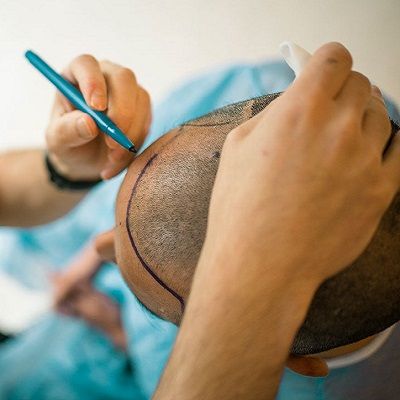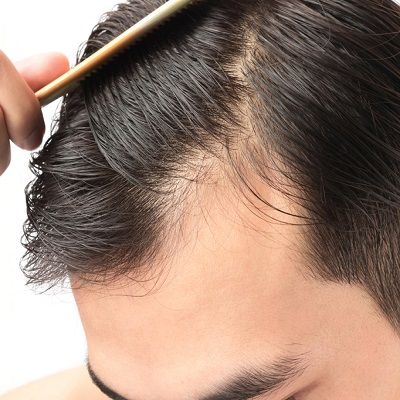
Alopecia areata is a hair loss disorder characterized by tiny patches of hair loss. While these patches are not evident individually, hair loss becomes very visible when they are linked together – prompting many people to seek treatment. You should also know that alopecia areata primarily develops due to the immune system attacking the follicles.
How is alopecia areata diagnosed?
Simply checking the degree of hair loss and inspecting a few samples under a microscope can help a specialist diagnose the alopecia areata. Biopsies and blood tests are also performed to rule out other illnesses. Iron levels, thyroid levels, and antinuclear antibody tests are the most widely used blood tests to identify a patient’s suitability for alopecia areata treatment.
Alopecia Areata Treatments:
The following are the four most popular alopecia areata treatments in Dubai.
1. Oral Treatments:
Cortisone tablets are often used to treat alopecia, but you should speak to a doctor about it because of the chances of adverse reactions.
You can also try oral immunosuppressants such as methotrexate and cyclosporine. They operate by inhibiting the body’s immunity. Still, they can’t be used for a long time because of the risk of side effects like liver and kidney damage, high blood pressure, and a higher risk of major infections and malignancies.
2. Hair transplant:
A hair transplant is not suggested for Alopecia areata patients except if the problem area has been “burned out” and there has been no improvement or regrowth in the target area for a whole year following non-surgical treatments have been completed.
Hair transplant surgeries use natural hair to fill up balding or thinning areas. They entail the removal of follicles from one area and their implantation in another. Being minimally invasive in nature, they involve fewer downtimes and mild side effects.
The two oldest hair restoration methods are follicular unit extraction (FUE) and Follicular unit transplantation (FUT). Both have the ability to restore natural hair growth.
3. Neograft hair restoration:
Nevertheless, with various technical advancements, hair transplants had vastly improved in the years by the time it was originally performed. We wondered if there was a way to reinterpret classic hair restoration in order to perform graft extraction with more accuracy and control.
After five years of hard work, our hair transplant specialists came up with a more reliable procedure – called neo-graft hair restoration that uses unique systems to perform graft extraction and implantation. To be clear, in this type of hair restoration, a special system is used to extract follicles from places where terminal hair persists – the DONOR site – and implant them where you want – the recipient site.
4. PRP treatment:
Platelets are blood components and the body’s first responders to aid in healing and stopping bleeding. Researchers hypothesized that extracting enriched platelets and injecting them into the scalp could also accelerate hair growth. To prepare PRP, the dermatologist will take your blood and put it into a machine, centrifuge. The centrifuge spins rapidly and separates the blood components from each other—the professional then re-injects the platelets in the scalp with the help of a sanitized syringe. Of all the treatments available, PRP treatment is considered the best technique for Alopecia areata.
The Outlook!
Alopecia Areata can be either long-lasting or temporary. But whatever the case may be, you are not alone. Consult our hair specialists to know more about: Is there any permanent solution for alopecia areata in Dubai? He will advise you on the best course of action.











